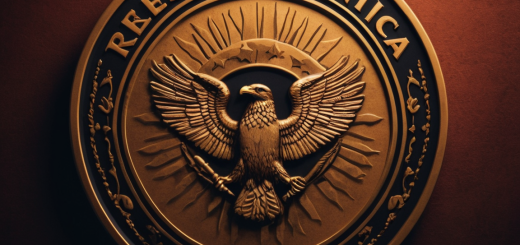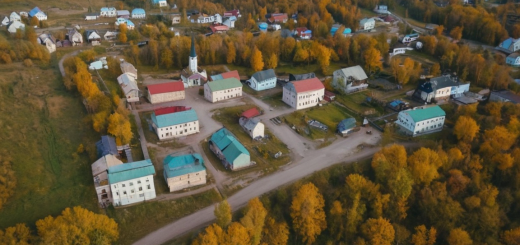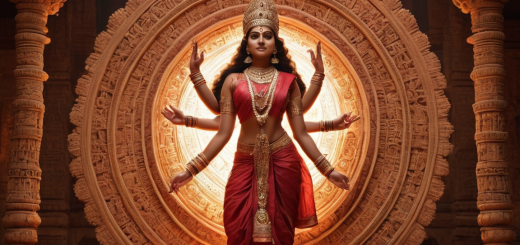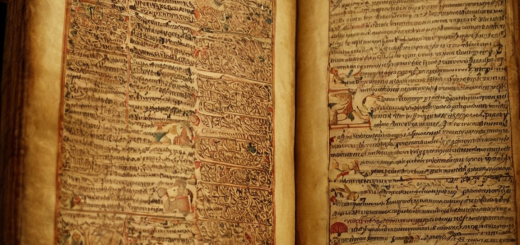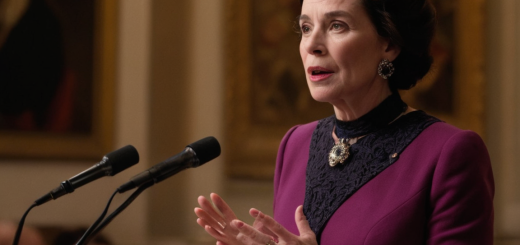Unraveling the Mysteries of Jormungandr: From Mythology to Modern Interpretations
Unravelling the Mysteries of Jörmungandr
Associated with strength, mystery, and the end of the world, Jörmungandr is a character that continues to capture our imagination. In this detailed exploration, we dive into the ancient origins, interpret modern retellings, and examine the lasting impact of this mighty creature.
The Ancient Saga of Jörmungandr
In Norse mythology, Jörmungandr, also known as the Midgard Serpent, is a sea creature so large that it encircles the Earth, grasping its own tail. An offspring of the trickster god Loki, it is prophesied to let go of its tail during Ragnarök – the end of the world – leading to a final battle with its arch-nemesis, the god Thor.
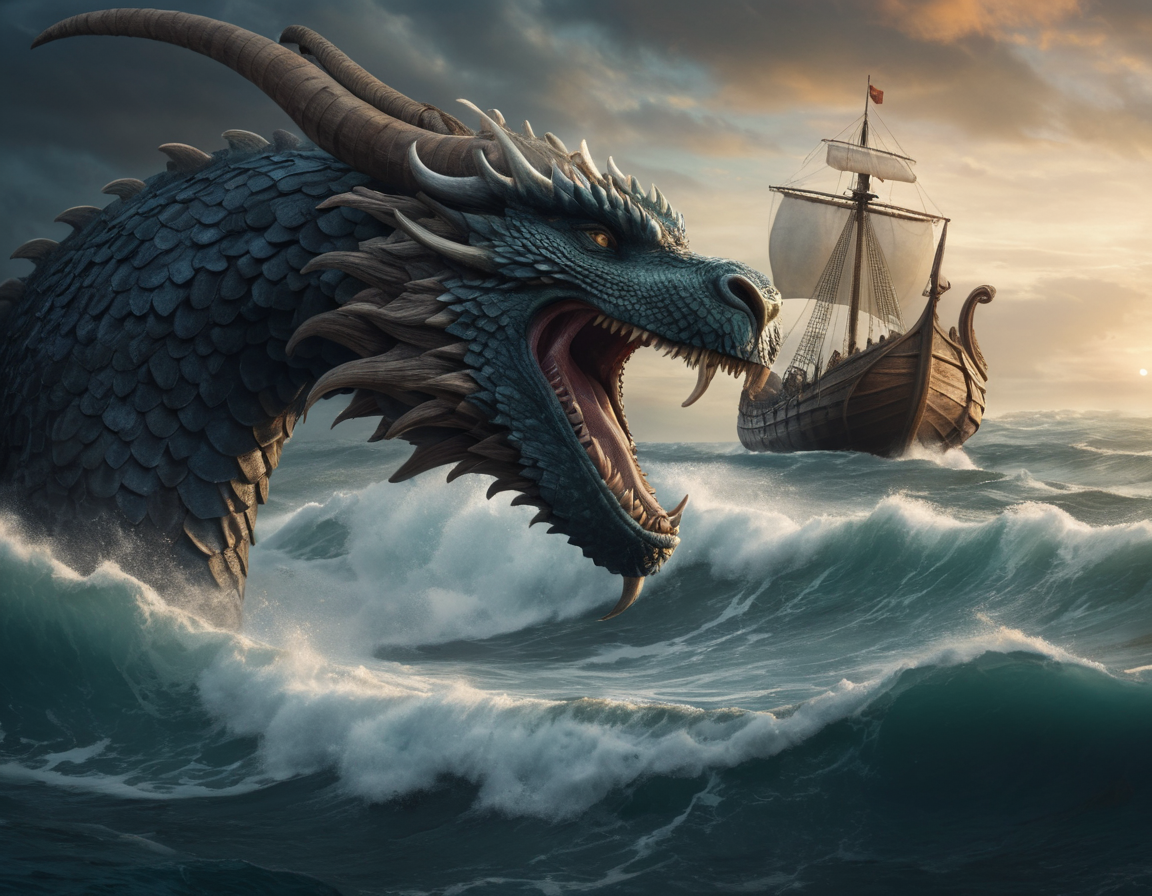
Jörmungandr in Popular Culture
In modern times, Jörmungandr’s story has slithered its way into popular culture. Embraced by various media, including video games like ‘God of War’ and literature such as the famous novels by Neil Gaiman, the serpent symbolizes cataclysmic power and the cyclical nature of time.
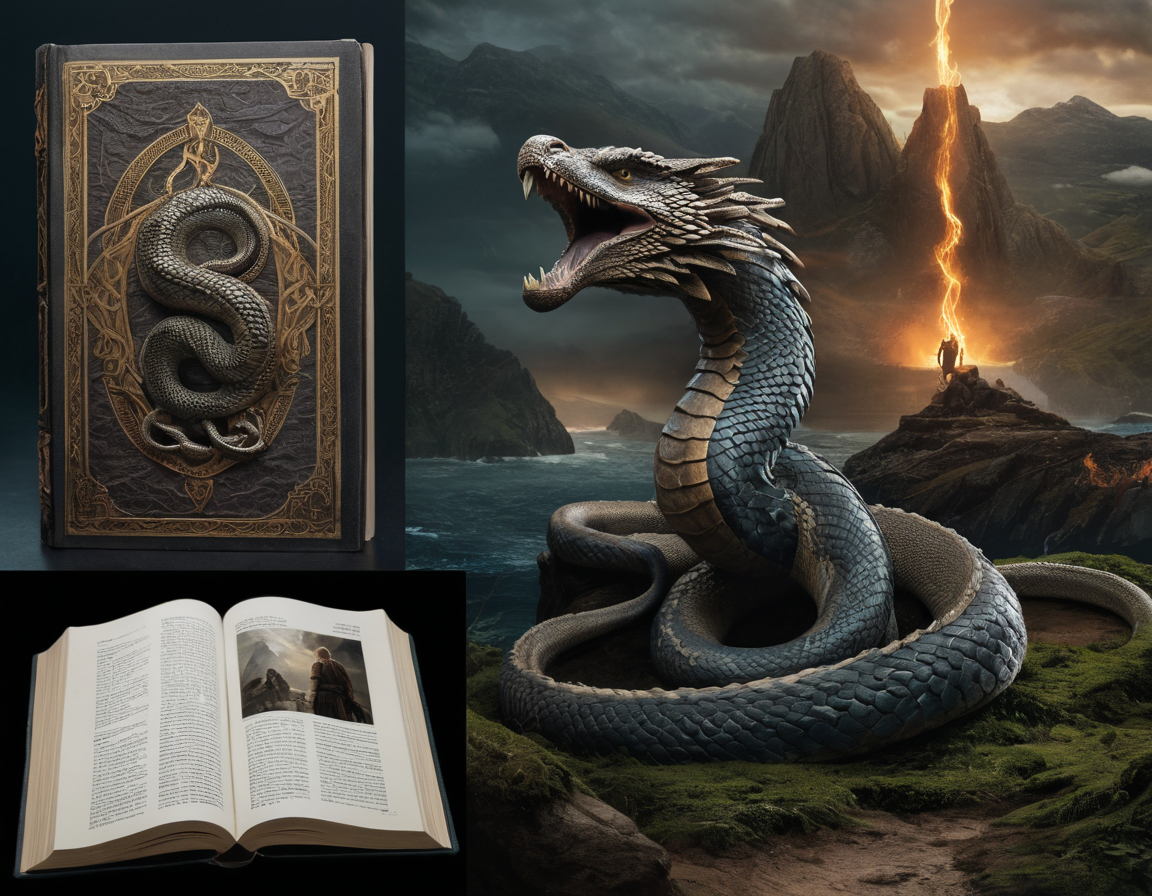
Symbolism and Interpretations
Jörmungandr’s image has evolved from a mythological monster to a symbol of interconnectedness and unity, signifying the delicate balance of nature’s forces and how they are intertwined with human fate.
Scientific Analogues and Environmental Implications
Applying a metaphorical lens, Jörmungandr can represent modern issues such as climate change, where our actions have global repercussions, much like the serpent’s embrace of the Earth suggests. It stands as a reminder that the planet’s ecosystems are as interconnected as the coils of Jörmungandr.
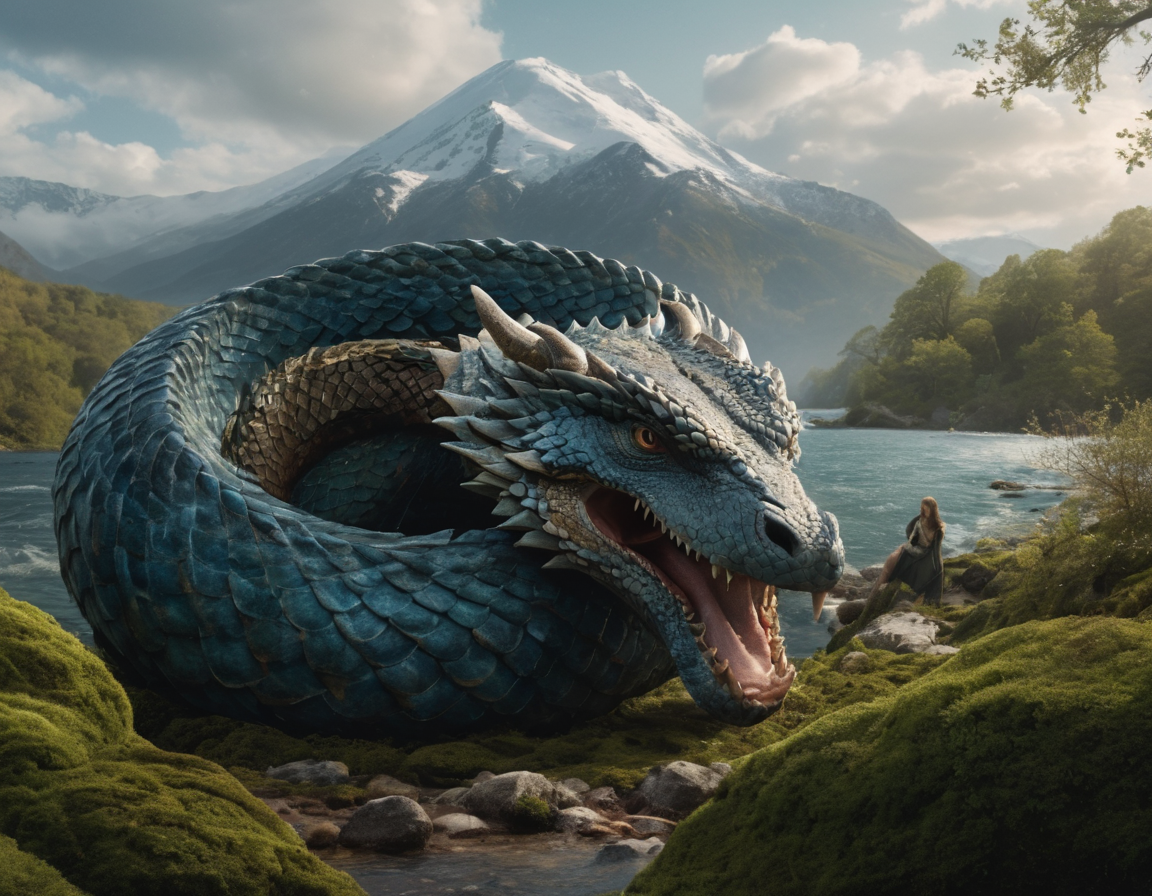
Future Outlook: Embracing the Jörmungandr Archetype
What can we learn from Jörmungandr as we face our own world’s uncertainties? Could embracing this archetype lead to a deeper understanding of our responsibility towards the planet and each other?
Recognize the power within the myths of old and use this to shape a better future for us all, echoing the serpent’s endless cycle.
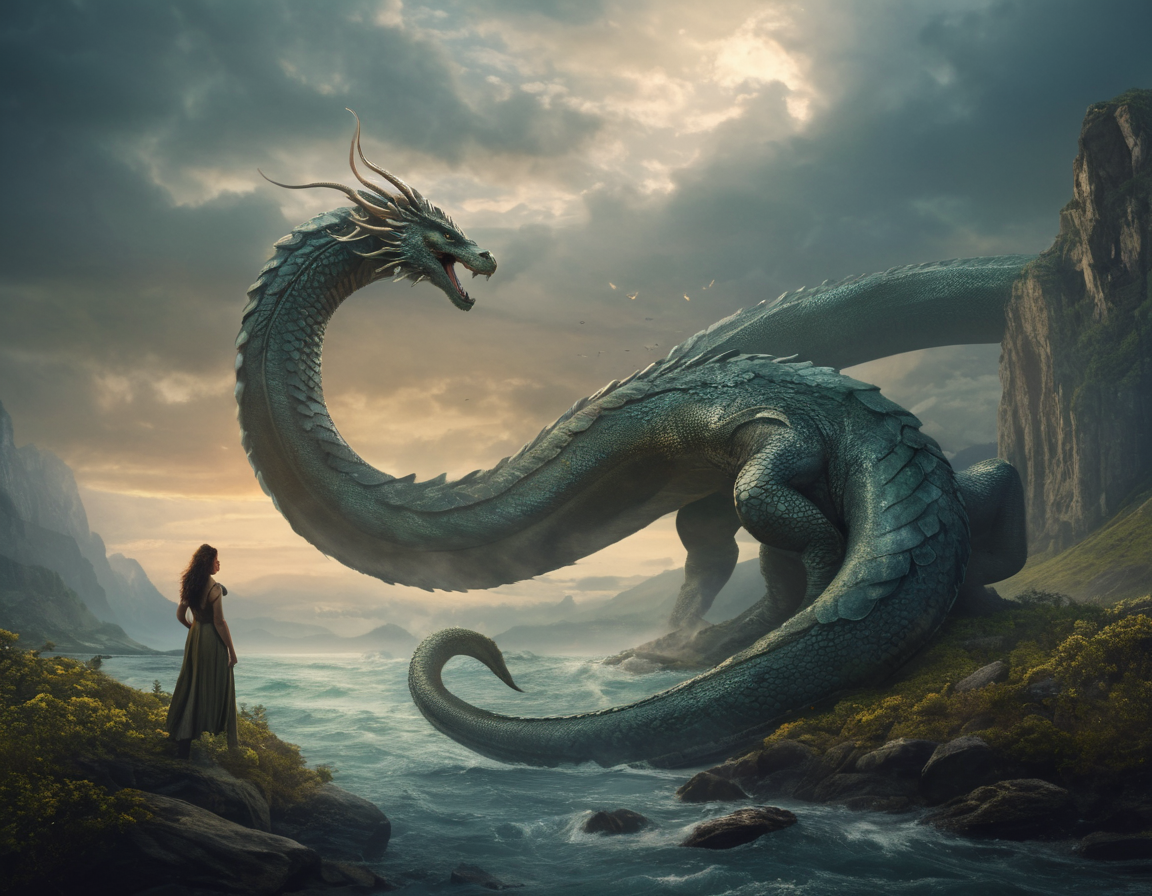
Join the discussion on the legacies of mythology and how it reflects in our current environmental and cultural challenges. Share your thoughts and continue the legacy of Jörmungandr’s tale in our modern world.
